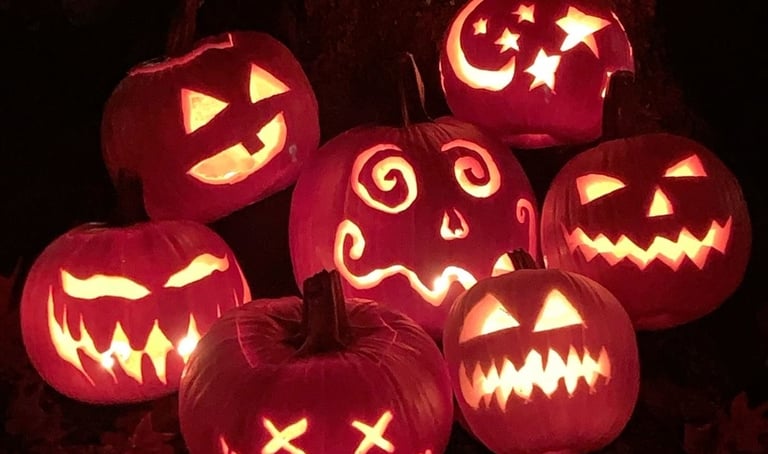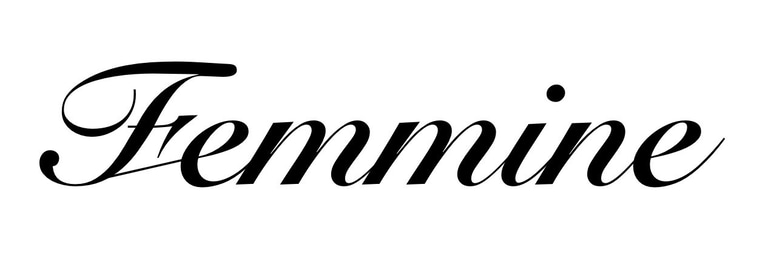Why We Celebrate Halloween: The Hidden History Behind The Holiday
By Jena Lawlor
ENTERTAINMENTHOME
Edited by Charlotte Waugh
10/29/20253 min read


When you carve pumpkins and dress in costumes today, you’re continuing traditions that began over 2,000 years ago. If you live in the Western world, you’ve most likely celebrated Halloween: dressing up in costumes, going trick-or-treating as a child, decorating your home with spooky décor, or carving faces into pumpkins. But what many people don’t realise is that all of these activities began thousands of years ago in Ireland. The holiday traces its roots to the ancient Celtic festival of Samhain (pronounced sow-in), which marked the end of summer and the start of the darker half of the year. On the last night of summer, people believed the veil between the living and spirit worlds was at its thinnest, allowing spirits and monsters to cross over into the human world. This belief gave rise to traditions such as wearing disguises and carving faces into vegetables—originally turnips rather than pumpkins.
In ancient Ireland, the seasons shaped daily life, and Samhain, literally meaning “summer’s end,” was the Celts’ most important festival. Celebrated from 30 October to 1 November, it marked the end of the harvest and the beginning of winter—a season closely linked to darkness and death. The festival was both a time of fear and reverence, as people acknowledged the cycle of life and prepared for the hardships of the cold months ahead. Central to Samhain was the belief that the veil separating the human world from the spirit world grew thin. During this liminal period, both good and evil spirits could cross into the mortal realm. To protect themselves, the Celts lit huge bonfires to ward off danger and to honour their gods. People also wore disguises, often made of animal skins or frightening masks, in the hope that wandering spirits would mistake them for one of their own and leave them unharmed. These practices laid the groundwork for the costumes and spooky atmosphere still associated with Halloween today.
As Christianity spread across Europe, many pagan festivals were absorbed into church traditions. By the ninth century, All Saints’ Day, or All Hallows’ Day, was established on 1 November, with All Hallows’ Eve falling on the night before. Over time, the old Samhain customs blended with these Christian observances, and the name “Halloween” itself is derived from “All Hallows’ Eve.” Despite the religious framing, many Celtic practices survived: costumes, lighting fires, honouring the dead, and carving lanterns, though they gradually took on new forms. Beyond Ireland, other cultural influences shaped Halloween. In Mexico and Latin America, Día de los Muertos (the Day of the Dead) developed from a blend of Indigenous Aztec rituals and Catholic practices. Celebrated from 31 October to 2 November, it shares similarities with Halloween: both involve honouring the dead, decorating with skulls or lanterns, and viewing the boundary between life and death as thinner than usual. Unlike Halloween, however, Día de los Muertos focuses more on remembrance and celebration of loved ones rather than fear of spirits. In Europe, festivals like All Souls’ Day and traditions such as souling—where poor people went door to door offering prayers for the dead in exchange for food—also influenced the evolution of trick-or-treating.
Today, Halloween looks very different from its Celtic beginnings. What was once a survival-based ritual tied to harvest, death, and protection from spirits has become a largely commercial holiday filled with candy, parties, and pop culture costumes. Still, the core ideas remain. People continue to dress up, gather together, and indulge in spooky fun. The holiday is still about facing fears, acknowledging the supernatural, and celebrating the blur between light and dark—even if it is now with haunted houses and pumpkin spice instead of bonfires and rituals. When combined with other traditions like Día de los Muertos, Halloween also reflects a wider, global way of remembering the dead and celebrating life.
The roots of Halloween in Samhain remind us that this holiday has always been about balance: between summer and winter, light and dark, life and death. Over the centuries, it absorbed elements of Christian holy days, European customs, and even Latin American traditions. While the way we celebrate has shifted, its essence endures. Every 31 October, when costumes come out and jack-o’-lanterns glow, the ancient Celtic spirit of Samhain, and echoes of other cultures that honour the dead, still linger.
